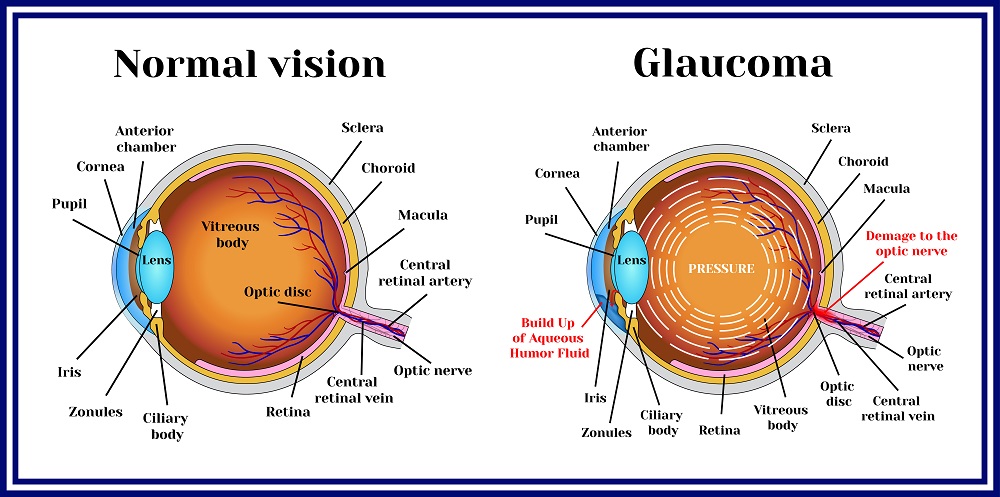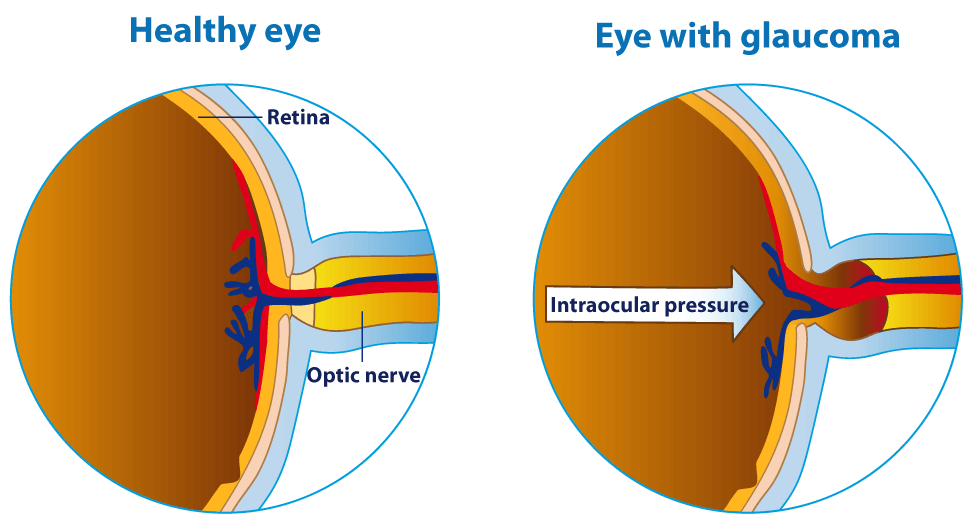Advanced Refractive Surgeries in AL: Clear Sight Without Glasses
Advanced Refractive Surgeries in AL: Clear Sight Without Glasses
Blog Article
Understanding the Different Vision Modification Procedures Available for Clearer View
In the realm of vision modification procedures, a multitude of choices exist to address refractive mistakes and provide people with more clear sight. Allow's check out the details of these treatments and lost light on the course to accomplishing enhanced vision clearness.
LASIK Surgical Treatment
LASIK surgery is a common refractive treatment used to remedy vision troubles such as astigmatism, farsightedness, and nearsightedness - retina service near me. This medical strategy, which means Laser-Assisted in Situ Keratomileusis, intends to improve the cornea to boost exactly how light is focused on the retina, ultimately enhancing vision clearness. Throughout the treatment, a slim flap is produced on the cornea, and a laser is used to eliminate exact quantities of cells to reshape it properly. This reshaping allows for light to be accurately concentrated onto the retina, remedying refractive errors.
One of the primary benefits of LASIK surgery is the fast enhancement in vision experienced by individuals. On the whole, LASIK surgical treatment is a preferred choice for people seeking a long-term solution for their vision problems.
PRK Procedure
While additionally an usual refractive procedure, the PRK (Photorefractive Keratectomy) strategy varies from LASIK surgery in its approach to remedying vision problems. In PRK, rather than producing a flap on the cornea, the external layer of the cornea, called the epithelium, is completely eliminated. This allows the laser to improve the cornea to deal with refractive errors such as nearsightedness, farsightedness, and astigmatism straight externally.

In spite of the longer healing time, PRK can produce excellent outcomes in vision enhancement, making it a useful alternative for those who may not be suitable candidates for LASIK surgical procedure.
Implantable Lenses
Unlike PRK where the cornea is reshaped straight, implantable lenses provide an additional approach for dealing with vision by placing fabricated lenses inside the eye. This treatment is specifically helpful for individuals with high levels of farsightedness, nearsightedness, or astigmatism that may not be suitable prospects for laser surgeries like LASIK or PRK.
Implantable lenses, likewise recognized as phakic intraocular lenses, work by supplementing the eye's all-natural lens with an artificial one. glaucoma service near me. These lenses can be positioned before the natural lens (former chamber) or behind the iris and before the all-natural lens (posterior chamber) By readjusting the power and positioning of these lenses, ophthalmologists can properly correct refractive errors and improve aesthetic acuity
One benefit of implantable lenses is that they are exchangeable and removable, giving adaptability for future modifications. As with any type of medical procedure, there are risks included, such as infection or cataract development. Clients thinking about implantable lenses need to talk to an eye treatment professional to determine one of the most ideal choice based on their individual requirements and eye wellness.
Corneal Rings
Corneal rings, additionally referred to as intracorneal ring sections, are tiny, clear tools put glaucoma service near me into the cornea to deal with vision distortions such as keratoconus. Keratoconus is a condition where the cornea thins and bulges exterior, triggering vision to end up being distorted. The insertion of corneal rings aids to flatten the cornea, improving aesthetic acuity and minimizing the uneven astigmatism triggered by keratoconus.
The procedure for putting corneal rings is minimally invasive and relatively quick, often performed as an outpatient treatment. Throughout the surgery, the ophthalmologist makes a little cut in the cornea and inserts the rings at a particular deepness. As soon as in location, the rings help to improve the cornea, supplying a smoother surface area for light to get in the eye, which can cause clearer vision.
Corneal rings are considered a reversible treatment, as they can be eliminated or replaced if necessary. glaucoma service near me. While they might not completely get rid of the requirement for glasses or get in touch with lenses, corneal rings can considerably improve vision high quality and total visual comfort for people with keratoconus or various other corneal abnormalities
Refractive Lens Exchange
Complying with the adjustment of corneal irregularities with treatments like corneal rings, an additional vision improvement technique that can address refractive errors is Refractive Lens Exchange (RLE) RLE is a surgery that entails replacing the eye's all-natural lens with a synthetic intraocular lens (IOL) to correct refractive errors such as farsightedness, nearsightedness, and presbyopia. This procedure is especially valuable for individuals who may not be appropriate candidates for procedures like LASIK or PRK as a result of variables such as thin corneas or high refractive errors.

Final Thought
In final thought, there are various vision adjustment procedures readily available to assist individuals accomplish clearer sight. LASIK surgical procedure, PRK treatment, implantable lenses, corneal rings, and refractive lens exchange are all options that can resolve various vision problems.
In the realm of vision modification treatments, a multitude of alternatives exist to resolve refractive errors and offer individuals with clearer view.LASIK surgery is an usual refractive treatment utilized to correct vision troubles such as farsightedness, astigmatism, and nearsightedness.While likewise a typical refractive procedure, the PRK (Photorefractive Keratectomy) technique varies from LASIK surgical treatment in its approach to remedying vision problems.Following the improvement of corneal abnormalities with procedures like corneal rings, an additional vision adjustment technique that can address refractive errors is Refractive Lens Exchange (RLE) LASIK surgery, PRK treatment, implantable lenses, corneal rings, and refractive lens exchange are all options that can address various vision problems.
Report this page